Corso di Progettazione Architettonica Assistita
Prima Facoltà di Architettura Ludovico Quaroni Università La Sapienza -Roma
Antonino Saggio Home
Corso 2005 Home
Lavoro finale
contatto e storia
../../../../../Diecielode/Deutch/Ferguson.htm
Come si trasforma un edificio simbolo di un passato industriale in un edificio pregno della epoca della informazione?
Per noi la chiave è lo strumento
Cioè uno strumento predigitale che diventa la chiave di entrata consapevole in un nuovo mon do. ercco perchè gli allestimenti prevedono un mondo avanzato di manipalore lo spazio la percezione la conoscenza attraverso appunto l'I.Questa è la base, naturalmente, le evoluzioni sono aperte alla vostra ricerca.
TZZZZECHE TZZZOLFARAIN
Dinamo:
situazione geografica e fisica esistente del complessohttp://digilander.libero.it/telaviva/zeche%20essen.htm

In Iitinere: Analizzano
Rem Koo. ai MERCATI GENERALI DI ROMA
http://ospiti.thunder.it/laurariccicaad2005/koolhaas.htm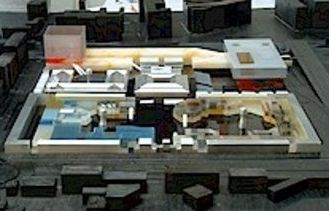
Punti di fuga
situazione sociale storica
http://utenti.lycos.it/alexcid8/
4signs
Allestimenti in edifici industriali
http://www.webalice.it/fortedo
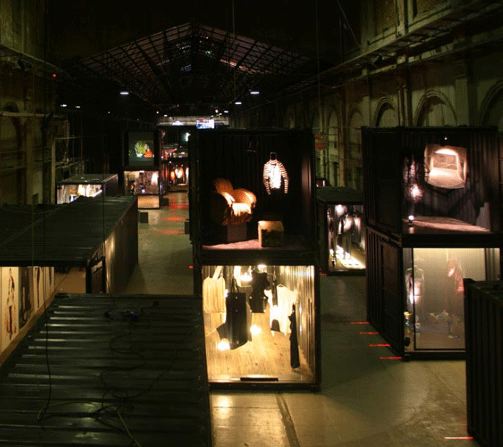
chrysalide Situazionismo e Urban drift
http://chrysalide.freewebsites.com/
Corpi in rete
http://franthetool05.altervista.org/ricerca/ricerca.htm
spiegano la mostra deuthche landscape
H2o
Concorso
Installazioni Museali
The tools
vai http://members.fortunecity.it/jdangelica/archeologia/archeologiaindustriale.htm
Luigi Marzi
grande approfondimento circa 100 immagini selezionate della fabbrica di Zollverseinhttp://www.marzi.info/italiano/ZOLLVEREUN-PHOTO-GALLERY/PHOTO-GALLERY.htm

Becherucci Campolungo
Splendide foto anche Notturne
http://www.hebig.org/photos/zollverein/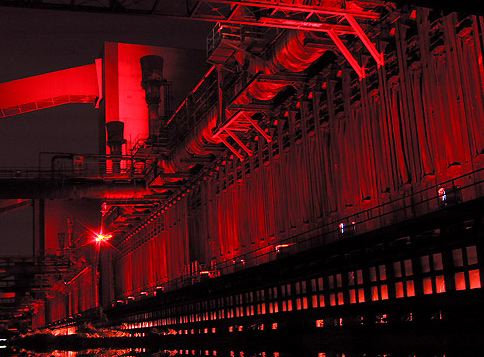

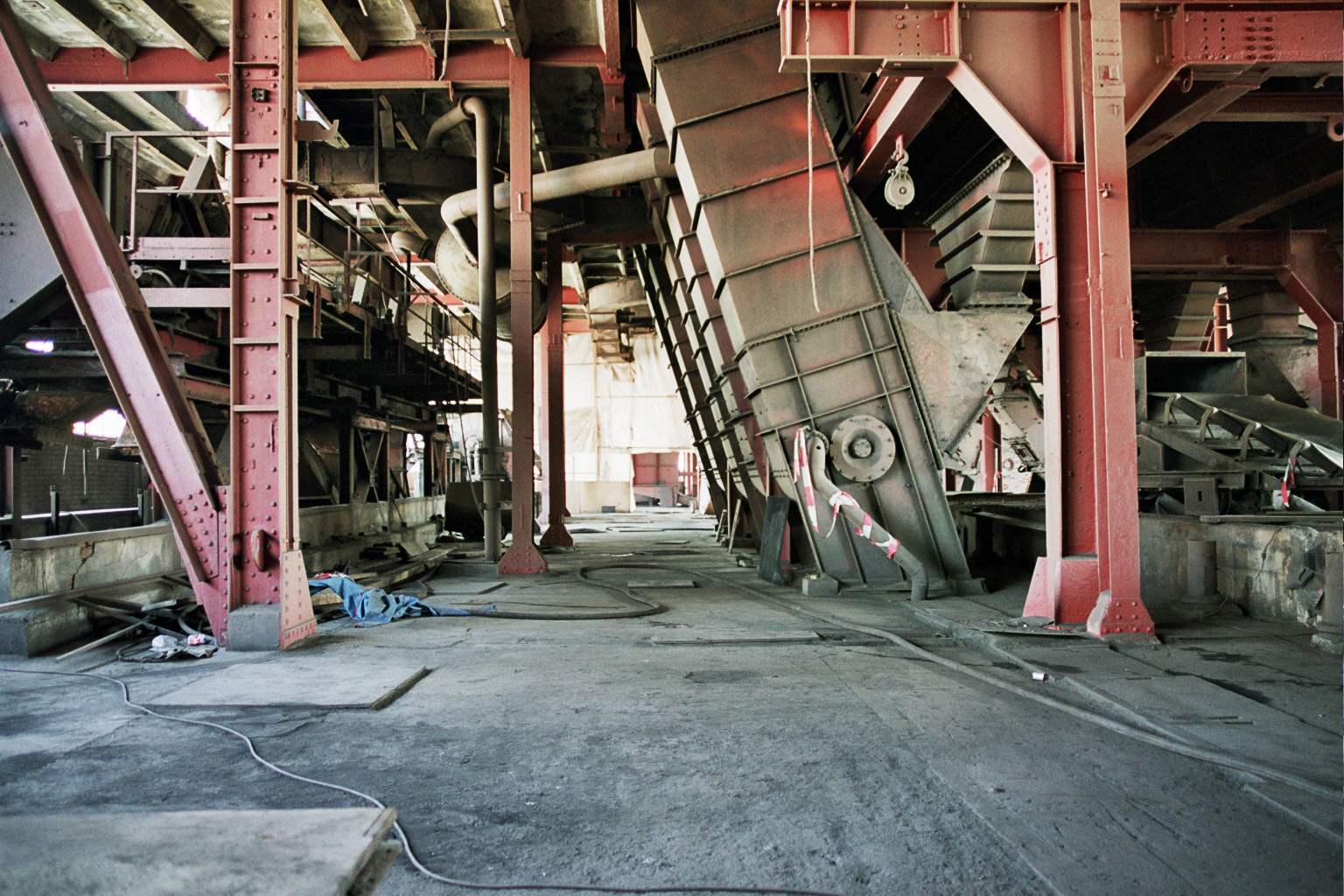


Leggi il Porgramma >>>>
L'area del progetto è la A (risposta)


altre informazioni sul sito
Unesco
http://whc.unesco.org/pg.cfm?cid=31&id_site=975

Sito Zollerstein
http://www.zeche-zollverein.de/Englische%20Version/index2.html

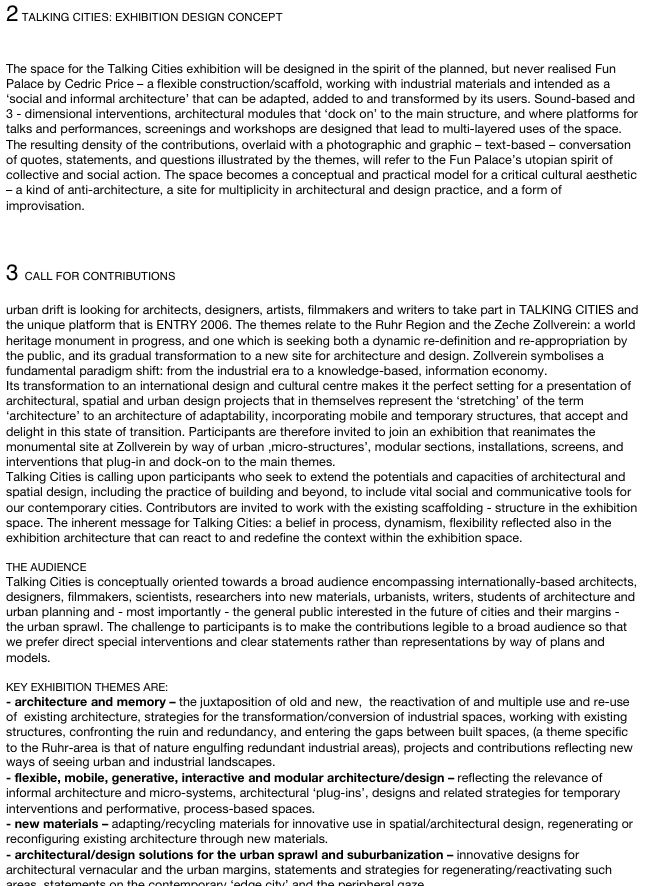

![]()
Tel: +49 30 257 57 186 / 7
Fax: +49 30 257 57 188
e-mail: info@urbandrift.org
http://www.urbandrift.org
http://www.deutschlandschaft.de

Ricerche specialistiche per gruppi
PRESENTAZIONE LUNEDI 6 Giugno per gruppi
Punti di Fuga
H2O
Spirale Ovale
Dinamo
In Itinere
4 signs
Corpi in rete
Behind
A. Edifici e situazioni e allestimenti comparabili
B. La Situazione culturale politica e le aspettative sociali
C. Urban Drift and Deuthclandscape
D........Rem Kooh
E: Unesco
REVISIONE CONCEPT TUTTI MERCOLEDI 15 giugno tutti i gruppi
NUOVO CALENDARIO
Consegna progetto per Concorso 26 giugno 2005
Revisione Siti (esame orale) 11 luglio 2005 ore
9 tutta la giornata
presentazione finale con ospiti (esame finale e voto)
22 luglio 2005 ore 9 tutta la giornata
Generiche Informazioni Turistiche, ma utili
Luigi Marzi
11.01.2004
The Ruhr Valley: Touring Germany's Industrial Past
Call it the Unromantic Road. Germany's Route of Industrial Heritage traverses the Ruhr Valley, once the coal-dust covered center of European heavy industry. Today, it is a mecca of history and culture.
After its mining and steel industries fell into decline in the 1970s,
the Ruhr Valley decided on an unusual strategy for economic renewal: turning
the dying industrial landscape into a giant history and technology museum,
as well as a top recreation destination.
The gambit appears to have worked. With its mixture of museums, parks
and unique historic industrial sites, The Industrial Heritage route, which
officially opened in 1999, helped attract some three million visitors to
the Ruhr Valley in 2001, with the numbers on the rise, according to tourism
authorities.
The Ruhr Valley is situated in the western state of North-Rhine Westphalia;
it is Germany's most densely populated region. The Route of Industrial
Heritage is more than 400 kilometers long and takes in six museums, 19
industrial sites, and a handful of gardens and historic houses in and around
cities such as Essen, Bottrop and Duisburg. It can be visited on foot,
by car or by bike.
Tycoons, workers and orange bicycles
Each trail highlights a specific theme. Interested in social history?
Take your pick of the Workers Settlements route or the Tycoons' Villas
route. Hard-core industry more your thing? Pick from topics like Industrial
Heritage along the River Lippe, or The Westphalian Coal Mining Trail. In
the mood for food? Don't miss the Bread, Corn and Beer tour. Those who
simply want to enjoy nature can take the Historical Parks and Gardens route.
In addition to the streets that make up the route, there is also a
linked system of bicycle paths through the area, called the Bicycle Route
of Industrial Heritage. At one of 13 stops on the route, sport-loving tourists
can rent a bright orange bicycle known as a Revier-Bike; children's bikes
are also available.
In terms of specific attractions, one of the most popular is the German
Mining Museum in Bochum. Founded in 1930, it gives visitors insight into
the world of coal mining. Beneath a 70-meter tower are 25 exhibition halls.
A display mine reaches 20 meters below ground, providing curious visitors
what may well be their only chance to see what life might be like for a
miner.
Museums: coal, water, and a light show
The route's flagship site -- and the site of the visitors' center --
is the Bauhaus-style Zollverein Coal Mine Industrial Complex, in Essen.
Founded in the 1840s, the Zollverein mine was once the largest and most
modern colliery mine in Europe, employing 5,000 miners at its peak. Since
then, the site has been developed into an industrial monument of international
importance. It also houses a lively arts center and hosts regular concerts
and special events.
The trail also takes in the town of Oberhausen, where authorities have
turned a 120-meter high gasometer, formerly a storage facility for gases
used in iron and steel production, into the tallest exhibition hall in
Europe.
In 1999, the artist Christo and his wife Jeanne-Claude used the space
to exhibit their installation "The Wall" --13,000 colored oil barrels stacked
up in the gasometer's cylindrical interior. Oberhausen is also home to
the popular Industrial Museum of the Rhineland, which documents more than
150 years of the history of iron and steel industry on the Rhine and the
Ruhr. Other favorites are the Landscape Park Duisburg Nord and
the open air industrial museum in the town of Hagen in the southeast of
the region.
The Landscape Park is on the site where in 1899, the August Thyssen
company extended its metallurgical plants to the coal fields north of Duisburg.
Up until its closure in 1985, the plant produced several kinds of pig iron.
Here, don't miss the chance to visit the site of a former blast furnace
and if you can, visit the park at after dark at the weekend, when the skies
are illuminated by a light show designed by the British artist Jonathan
Park. Another architectural highlight is the Villa Huegel, a 200-room residence
that once belonged to the Krupp industrialist family. It is situated in
extensive parklands overlooking Lake Baldeney.
Something for everyone
Developers have become experts at bringing the best out of the region's
old industrial hotspots and capitalizing on their historical cachet. The
Aquarius water tower in Mülheim used to store half a million liters
of water. Today the same tower, built in 1892 by August Thyssen, is home
to a multimedia water theme museum. In Bottrop, just northeast of Oberhausen,
the Tetrahedron -- a 50-meter filigree steel construction -- rises up over
a former gigantic slag heap. The Ruhr Valley has something for everyone
-- cyclists, hikers and water sports fans will find themselves well catered
for here. Set this against the monumental background of the region's industrial
history, and you have all the ingredients for an unusual and informative
trip.
Author:
http://www.dw-world.de © Deutsche Welle
Marangi fornisce l'area ad alta risoluzione

Simili esercitazioni di concettualizzazione degli Old caad Link Corretti!

Allestimento Terragni 2004 >>
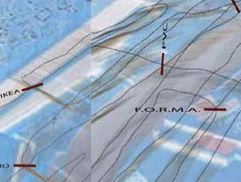
Texpo 03 2003 >>

Ricerche 2002 >>

Ricerche 2001>>